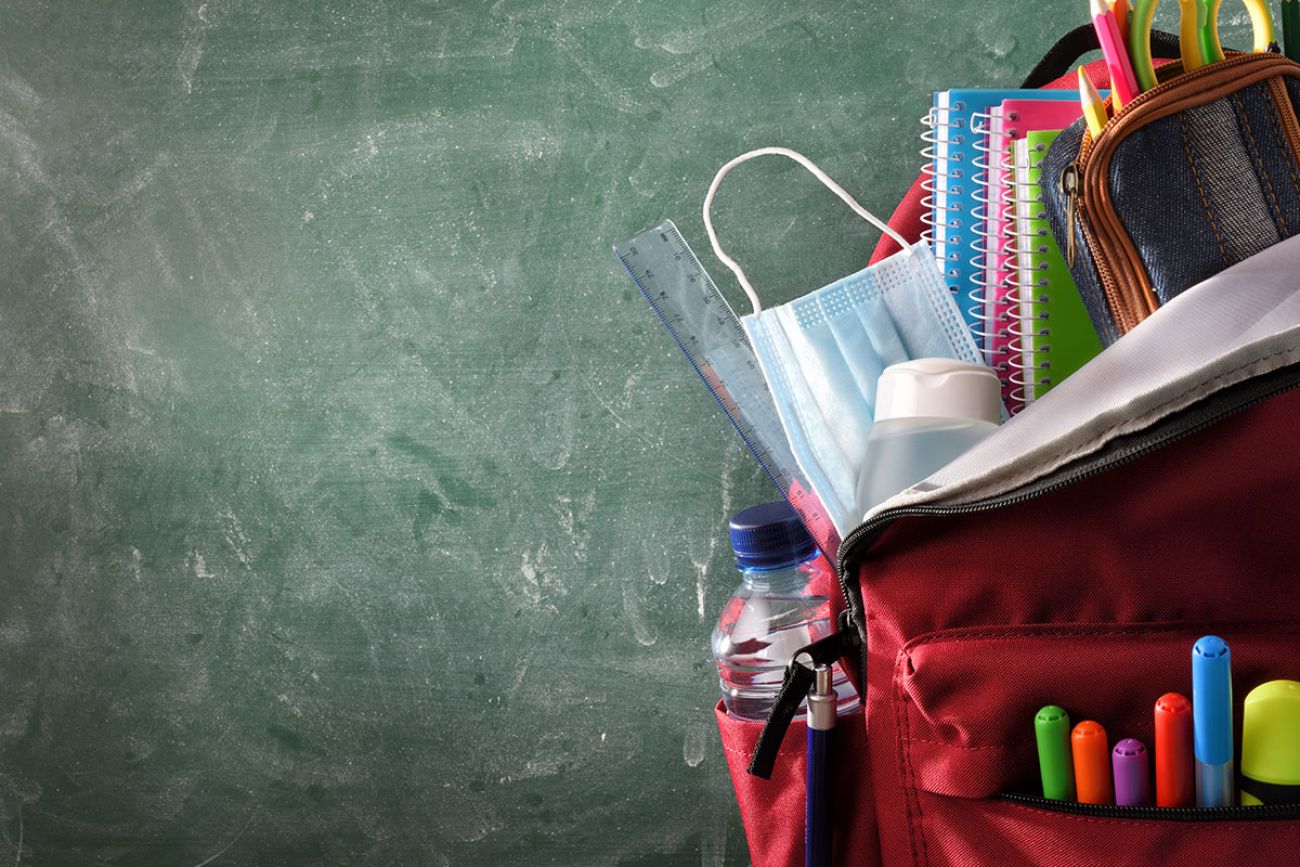Michigan public school enrollment stabilizing after pandemic exodus

- Michigan enrollment fell 6,200 last fall; that’s less than pre-pandemic drops
- Data suggests students who opted for private and home-schooling during pandemic haven’t returned
- Enrollment among students of color continues to rise, while it is falling among white pupill
Michigan’s public school enrollment fell slightly last year, but data suggests the migration to private schools and homeschooling during the pandemic has stabilized.
State data released Friday show that total public school enrollment dropped 6,200 to 1.44 million, down 0.4 percent.
That’s far less than the 62,000-student drop two years ago as COVID-19 raged and prompted many Michigan schools to resort to remote learning.
Related:
- Michigan Senate dumps ‘read or flunk’ portion of third-grade law
- Gov. Gretchen Whitmer pitches 9 percent boost in Michigan school spending
- Whitmer wants to extend help for future teachers but drops teacher bonuses
“It’s going back to normal,” said Tara Kilbride, assistant director of research at the Education Policy Innovation Collaborative at Michigan State.
Normal, though, means a continued, slow and steady decline in enrollment that parallels the drop in births statewide since 1990, as Michigan becomes older.
Births in Michigan fell from 153,000 in 1990 to 114,000 in 2016, the birth year for most who started kindergarten last year. The implications are huge for districts since Michigan funds education based on per-pupil funding. A loss of just 25 students is a $225,000 hit in state funding.
The numbers suggest that many students who left public schools during the pandemic have not come back even though mask mandates and other COVID-19 restrictions have ended.
“We have continued to grow,” said David Kerr, a spokesperson for the Lansing Catholic Diocese, which includes 35 Catholic schools.
“In fact, Catholic schools across the Diocese of Lansing recorded year-on-year growth in student numbers for the first time in more than two decades with enrollment growing by 8 percent over the past two years.”
Michigan doesn’t track overall enrollment at private schools, but the data released Friday seems to back up Kerr’s point.
For instance, Michigan had 120,000 public school kindergarten students in the fall before the pandemic, 2019. The following year, when COVID was at its height, there were only 101,000 first-graders.
Last fall, when the same group was set to begin third grade, there were still only 101,700.
That mirrors findings by MSU on students from about three dozen Michigan districts, that they were not coming back after having left.
Educators and parents told Bridge Michigan last year that the pandemic played a huge role in decisions and research showed their choices depended on their fears: Many chose private schools to get their kids in face-to-face settings. And other parents, worried about COVID-19 in districts that had fewer restrictions, chose to educate their children at home.
The data, released Friday, also show that at public schools:
- Enrollment among white students declined 1.4 percent to 915,000 last fall, down about 12,700 students from fall 2021. Enrollment among white students remains 6.5 percent less than fall 2019.
- African-American enrollment rose 0.4 percent to 250,538. But that’s still 3 percent below the pre-pandemic enrollment.
- Hispanic and Asian enrollment rose 1.7 percent and 3,000 students to 178,500.
The public school enrollment changes are roughly in line with demographic changes in Michigan, according to U.S. Census Bureau estimates.
Friday’s data also found:
- Detroit Public Schools, the state’s largest district, now has 48,745 students, a gain of nine in the past year. The district lost nearly 1,900 in fall 2020 but has been relatively stable following decades of huge losses.
- The Clintondale schools in Macomb County lost 534 students, the biggest one-year drop in the state and nearly a quarter of its fall 2021 enrollment.
- The Berrien Spring district in southwestern Michigan grew by 615 students, a 16 percent increase in one year. It now has just over 4,300 students.
- Ann Arbor dropped 0.2 percent, or 42 students, to 17,028 last year. That compares to a loss of 600 students in 2021, when Ann Arbor was fully remote far longer than most other districts.
Michigan Education Watch
Michigan Education Watch is made possible by generous financial support from:
Subscribe to Michigan Education Watch
See what new members are saying about why they donated to Bridge Michigan:
- “In order for this information to be accurate and unbiased it must be underwritten by its readers, not by special interests.” - Larry S.
- “Not many other media sources report on the topics Bridge does.” - Susan B.
- “Your journalism is outstanding and rare these days.” - Mark S.
If you want to ensure the future of nonpartisan, nonprofit Michigan journalism, please become a member today. You, too, will be asked why you donated and maybe we'll feature your quote next time!






